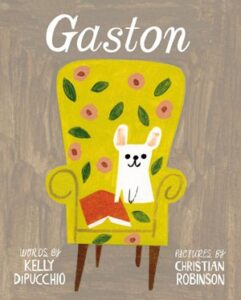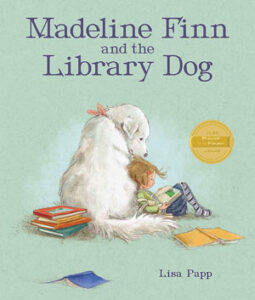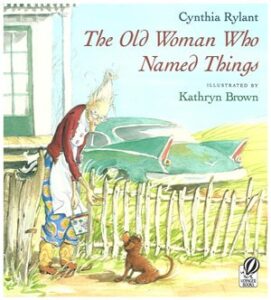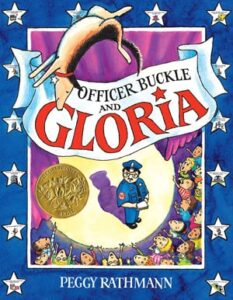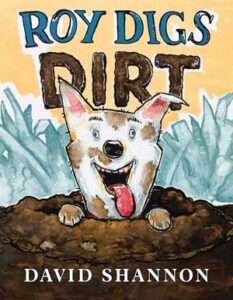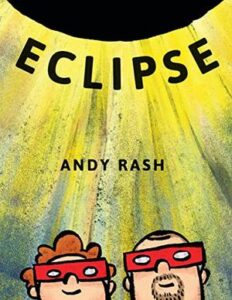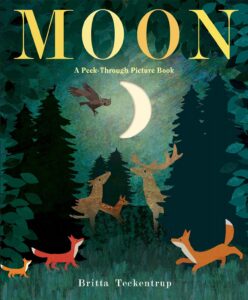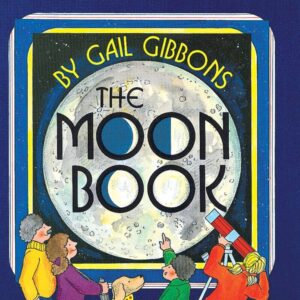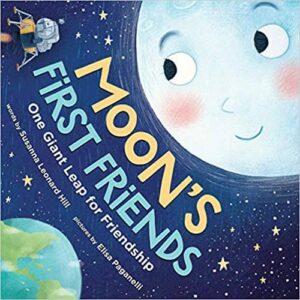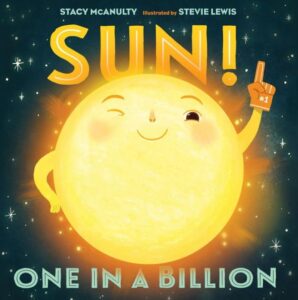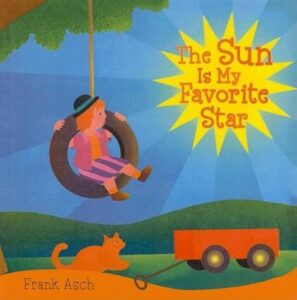The Yellow Bus
Author: Loren Long
Illustrator: Loren Long
25 June 2024
Roaring Brook Press
48 pages
Book description from Goodreads: “Perfect for fans of Love and Hello, Lighthouse, The Yellow Bus from #1 New York Times bestselling Loren Long is a tender and soulful story about a forgotten school bus that finds happiness and purpose in the most unexpected places–and in the journey along the way.
There is a bright yellow bus who spends her days driving. She loves carrying children from one important place to another. Every morning they climb in… Pitter-patter, pitter-patter, giggle, giggle-patter. And they fill her with joy.
As time passes, things change. The Yellow Bus gets a new driver, a new route, and new passengers, young and old. Until one day the driving stops for good, and the Yellow Bus is left on her own. And yet, no matter where she is, the Yellow Bus still finds joy and discovery in the world around her.
With stirring black-and-white artwork and powerful pops of color, The Yellow Bus is a poignant reflection on the many new beginnings life has to offer.”
Need some reviews for The Yellow Bus?
As a bonus, here’s a School Library Journal interview with Loren Long on this book.
As a another bonus, here’s a short Q&A with Loren Long at The Horn Book.
Educational Activities inspired by The Yellow Bus:
- Before Reading–From looking at the front cover:
- Look at the front cover. What do you think The Yellow Bus might be about?
- What do you know about school buses and what they do?
- Who do you think might have ridden on the bus over the years?
- How do you think the bus will change as time goes by in the story?
- Can you think of other stories where objects like toys or cars can talk or have feelings? How did you feel about those stories?
- What questions would you like to ask the author–or the illustrator (who is the same person in this case)–before reading the book?
- After Reading–Now that you’ve read the story:
- What was your favorite part of The Yellow Bus and why?
- How did the bus’s job change throughout the story?
- What made the bus happy in each part of her life?
- How did the pictures help tell the story?
- How did you feel while reading about the bus’s journey?
- How was the bus still useful even when she wasn’t taking kids to school anymore?
- What do you think the author wanted to tell us about using things in new ways?
- Would you tell your friends to read this book? Why or why not?
- The Bus’s Adventure Map: On a big piece of paper, draw a long road for the bus. Add pictures of all the different places the bus went, like the school, the library, the city, and the farm. Color the bus bright yellow and the background in black and white, just like in the book.
- Bus Sounds Fun: Think about all the sounds the bus heard, like kids laughing, goats bleating, and fish swimming. Use your voice, instruments, or things from around the house to make those sounds. Record them and play them back while reading the story.
- My Object’s Story: Pick an everyday object, like a toy or a chair, and write a short story from its point of view. Imagine what happens to it over time and how it might find new ways to be helpful or bring joy.
- Time Traveling Treasure: Create a time capsule with drawings, letters, and small objects that show your life now. Consider how things will change over time and how someone in the future might feel when they open it, just like the bus’s story.
- Further Reading: Here are five other books that are also about busses. Which of these have you read before? Which of those new ones would you want to read first?








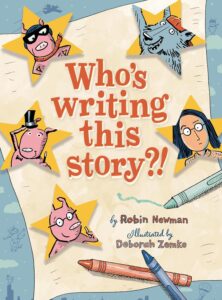 Who’s Writing this Story?!
Who’s Writing this Story?!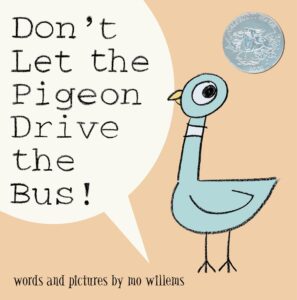
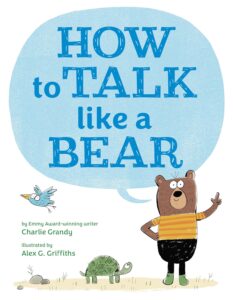

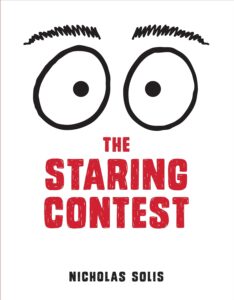
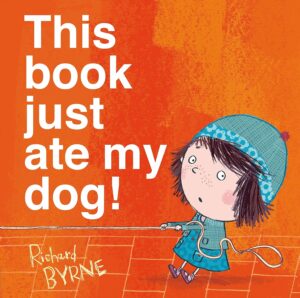
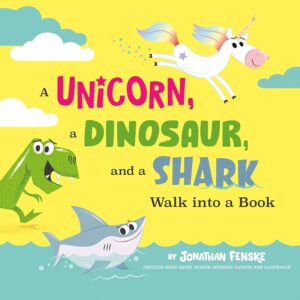
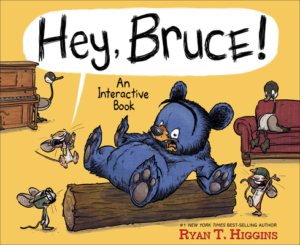
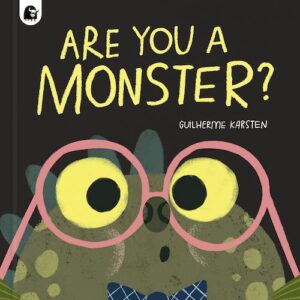
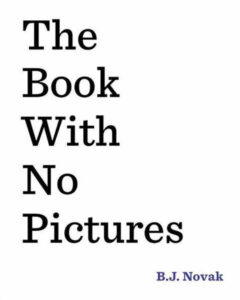

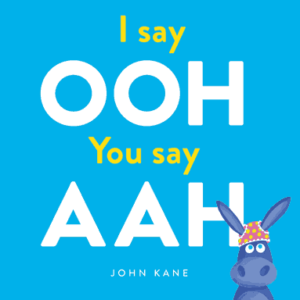
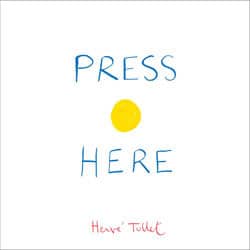
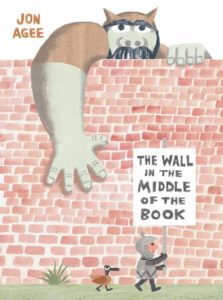
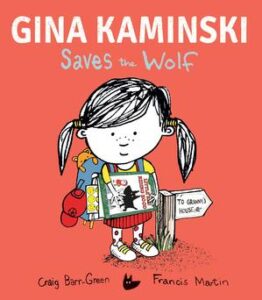
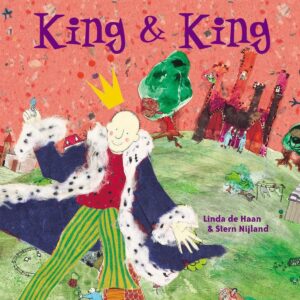
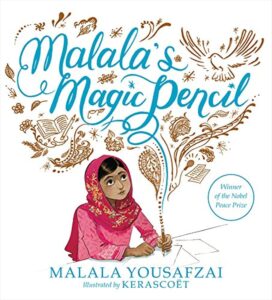
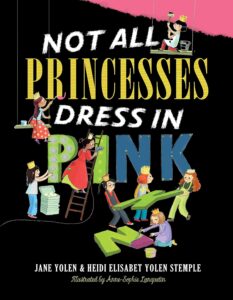
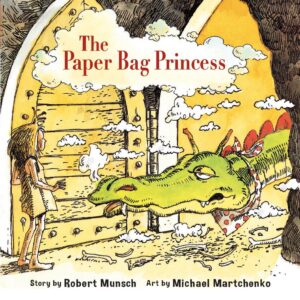
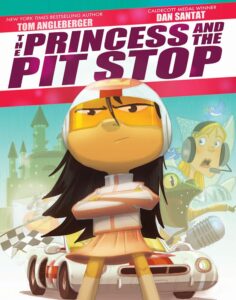
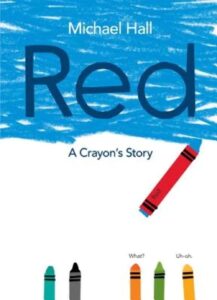
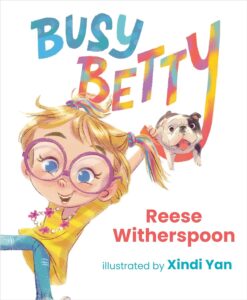 Busy Betty
Busy Betty
